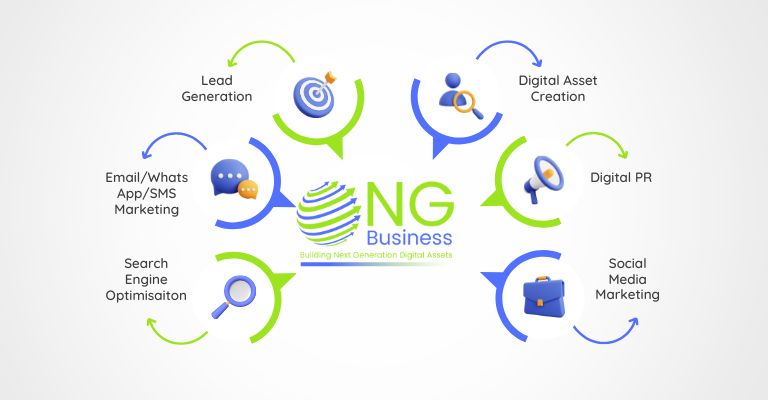
Tracking User Interactions with Google Analytics Events: A Guide for Website Optimization
In Google Analytics, events represent user interactions with content on your website, such as clicks, downloads, video plays, or form submissions. Understanding and tracking these events provides valuable insights into how users engage with your website, enabling you to fine-tune your site for optimal performance.
1. What Are Events in Google Analytics?
Events are specific actions that users take on your site, beyond just visiting pages. Examples include:
- Clicking on a button
- Downloading a file
- Watching a video
- Submitting a form
These user interactions offer more granular insights than simple page views, helping you understand user behavior in depth.
2. Unique Views vs. Page Views
It’s crucial to differentiate between unique views and page views when analyzing website traffic:
Page Views: Each time a user loads or reloads a webpage, it counts as a page view. If a user refreshes a page or navigates to the same page multiple times, each visit is counted.
Unique Views: This metric counts only the first visit from a user to a specific page during a session, avoiding duplicates from reloads or multiple visits.
While page views are important, unique views give a clearer picture of how many individual users are interacting with your site.
3. How to Use Event Tracking
Event tracking in Google Analytics helps you monitor specific user interactions across your website. By tracking key actions (such as clicks on call-to-action buttons or video plays), you can identify which parts of your site are driving engagement and which need improvement. Setting up event tracking can provide insights like:
- How often users download a free resource
- How many users watch a promotional video
- What percentage of visitors complete a form submission
4. Using Google Analytics for Event Tracking
Google Analytics allows you to track events using a simple configuration. Once you define an event (e.g., button click, file download), you can categorize it into:
- Category: The overarching group of the event (e.g., “Videos”).
- Action: The specific action taken (e.g., “Play”).
- Label: Additional information about the event (e.g., “Homepage Video”).
With these event parameters, you can easily monitor how users engage with interactive elements of your website.
5. How Event Tracking Optimizes Website Performance
By analyzing event data, you can:
- Improve website navigation by identifying poorly performing buttons or links.
- Optimize conversion rates by tracking how many users complete desired actions (like form submissions).
- Enhance user experience by understanding which parts of your website users engage with the most.
Conclusion
Event tracking in Google Analytics is a powerful way to monitor user interactions and enhance website performance. By understanding how events work and pairing them with metrics like unique views and page views, you can make informed decisions that boost engagement and conversions. Whether you’re tracking video plays, button clicks, or form submissions, using event tracking effectively is key to optimizing your website for success.


